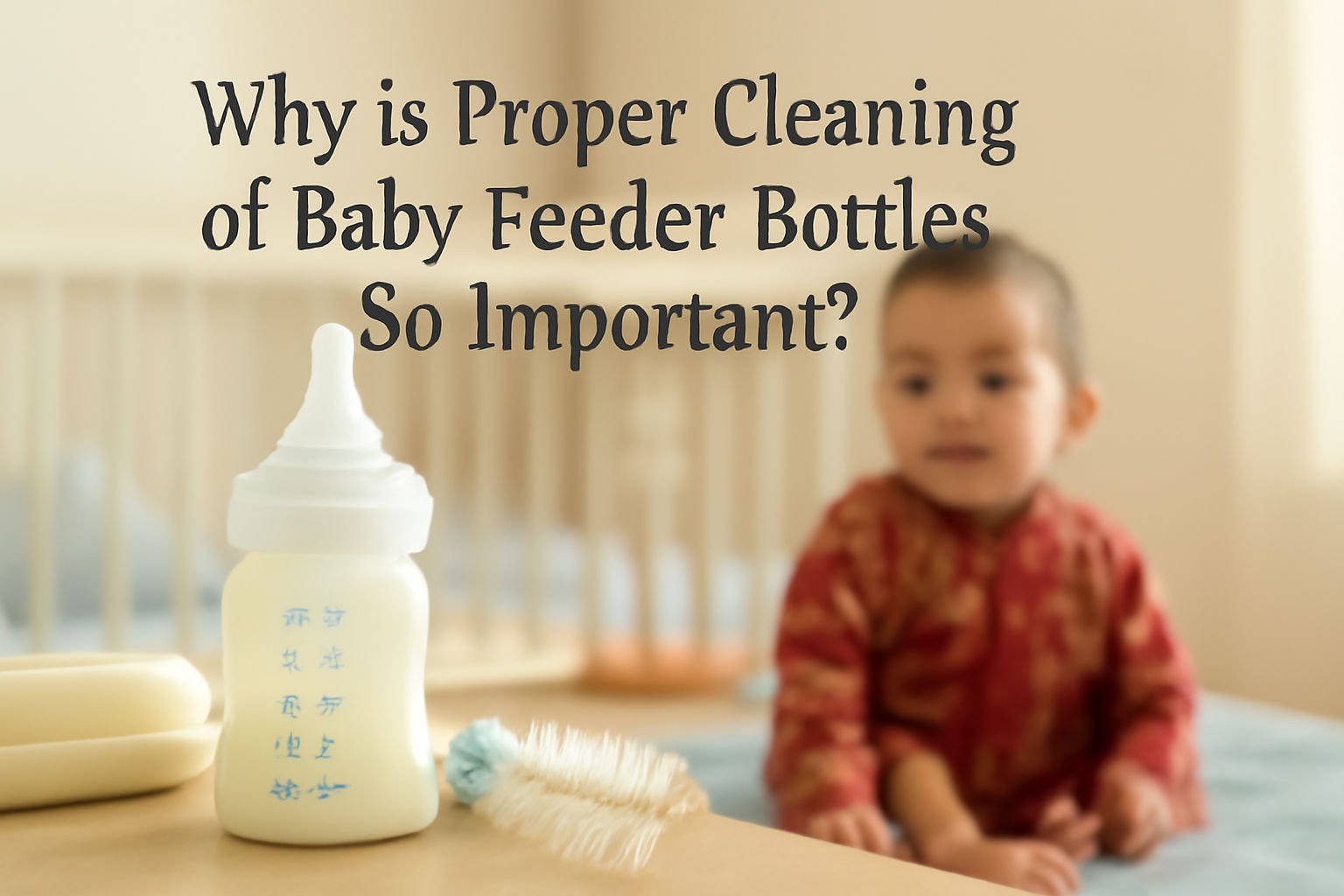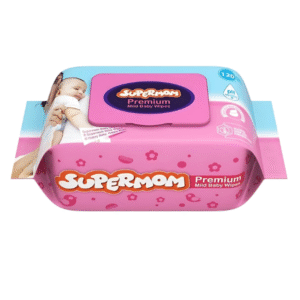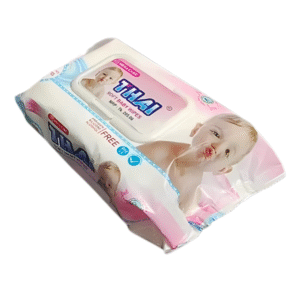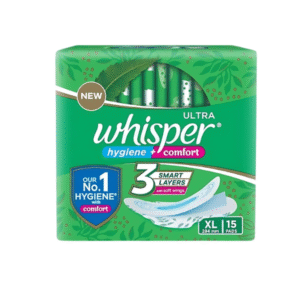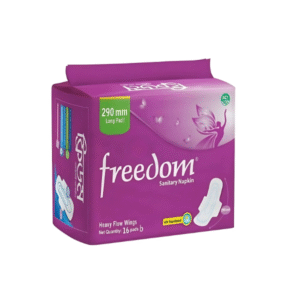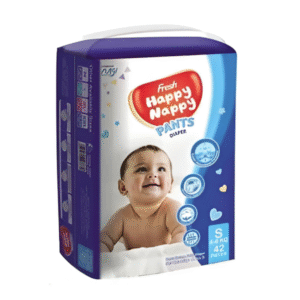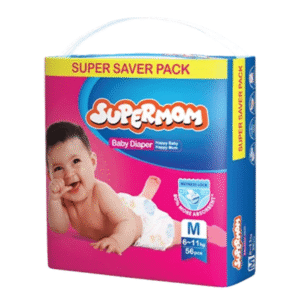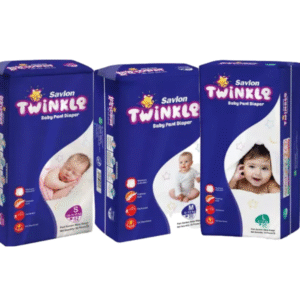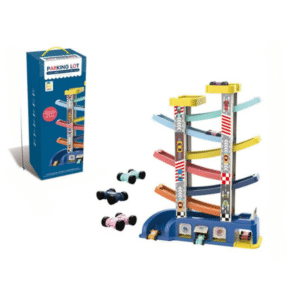Feeding your baby safely is one of the most important responsibilities for new parents. While choosing the right baby feeder bottle is essential, proper cleaning is just as crucial to ensure the health and safety of your baby.
At Baby World Bangladesh, we provide high-quality, safe, and convenient feeding products, including baby feeder bottles, wearable pumps, and nursing accessories. This guide will explain why proper cleaning is so important, the risks of neglect, and best practices for maintaining hygiene.
The Role of Baby Feeder Bottles in Newborn Feeding
Baby feeder bottles are designed to deliver breast milk, formula, or expressed milk safely to infants. They are essential for:
- Supplementing breastfeeding
- Feeding expressed breast milk
- Administering formula
- Maintaining flexibility for parents on-the-go
Even with the best bottles, improper cleaning can compromise hygiene and nutrition, putting your baby at risk.
Why Proper Cleaning Matters
Proper cleaning ensures that bottles remain free from bacteria, mold, and residue, protecting your baby’s health. Here are the key reasons:
1. Preventing Bacterial Contamination
Milk residue left in bottles can harbor harmful bacteria such as:
- E. coli
- Salmonella
- Staphylococcus aureus
These bacteria can cause diarrhea, vomiting, stomach cramps, fever, and serious infections, especially in newborns.
2. Preventing Mold and Fungal Growth
Moisture in uncleaned bottles can lead to mold and yeast growth. Mold can appear as black or white spots inside the bottle or nipple. Exposure may cause:
- Respiratory issues
- Allergic reactions
- Feeding discomfort
3. Ensuring Safe Nutrition
Milk or formula left uncleaned can spoil quickly, reducing nutritional value. Proper cleaning ensures your baby receives fresh, safe, and nutritious feeding every time.
4. Maintaining Nipple and Bottle Function
Residual milk or formula can clog nipples, alter milk flow, or damage the bottle over time. Clean bottles ensure:
- Smooth milk flow
- Reduced choking risk
- Longevity of bottles and accessories
5. Avoiding Health Issues and Illness
Improperly cleaned bottles can lead to frequent infections, colic, or digestive problems, which are preventable with proper hygiene.
Common Mistakes That Reduce Bottle Hygiene
Even small mistakes can compromise hygiene:
- Skipping Disassembly – Residue can hide in nipples, valves, or bottle rings.
- Relying Only on Soap and Water – Washing alone may not remove all bacteria.
- Using Dirty Brushes or Sponges – Can transfer bacteria to the bottle.
- Not Drying Properly – Damp bottles allow bacterial and mold growth.
- Ignoring Wear and Tear – Cracks, scratches, or worn nipples harbor microbes.
Best Practices for Proper Cleaning
Step 1: Disassemble Bottles Fully
Separate bottles, nipples, rings, and caps to clean every component thoroughly.
Step 2: Rinse Immediately After Use
Rinse bottles with warm water to remove leftover milk or formula.
Step 3: Wash Thoroughly
Use warm soapy water and a soft brush designed for baby bottles to remove residue from all parts.
Step 4: Sterilize Regularly
- Boiling: 5–10 minutes in water
- Steam sterilizers: Electric or microwave
- Chemical solutions: Cold water sterilization for travel
- UV sterilizers: Quick, chemical-free sterilization
Step 5: Air Dry on a Clean Rack
Avoid using towels that may introduce bacteria.
Step 6: Inspect for Damage
Check for cracks, discoloration, or worn nipples. Replace damaged parts immediately.
Step 7: Store Safely
Keep sterilized bottles in closed, clean containers to prevent contamination.
How Often Should You Clean and Sterilize?
- Newborns (0–3 months): Clean and sterilize after every feeding.
- Infants (3–6 months): Sterilize daily or as needed; cleaning alone may suffice between feeds.
- Older Babies (6 months+): Cleaning with soap and water may be sufficient; sterilization optional.
Tip: Nipples and teats should be replaced every 2–3 months for optimal hygiene.
How Baby World Bangladesh Supports Proper Hygiene
At Baby World Bangladesh, we design our products for easy cleaning, sterilization, and safe feeding:
- BPA-Free Bottles: Safe for repeated sterilization.
- Disassemblable Designs: Smooth surfaces and wide necks for thorough cleaning.
- Sterilization Compatibility: Works with boiling, steam, chemical, or UV methods.
- Wearable Pumps Integration: Reduces milk transfer, contamination, and handling.
Our focus is on safe, convenient, and hygienic feeding solutions for busy parents.
Additional Tips for Parents
- Rotate Bottles: Reduces wear and ensures thorough cleaning cycles.
- Label Stored Milk: Avoid mixing milk batches to prevent contamination.
- Travel-Friendly Sterilization: Use chemical sterilizers or portable sterilization bags.
- Monitor Baby’s Health: Signs of colic, vomiting, or refusal to feed may indicate hygiene issues.
Final Thoughts
Proper cleaning of baby feeder bottles is essential for newborn health, safety, and comfort. Neglecting hygiene can lead to bacterial infections, mold growth, feeding issues, and nutritional compromise.
By following disassembly, washing, sterilization, drying, and storage best practices, parents can ensure clean, safe, and hygienic feeding every time.
At Baby World Bangladesh, our bottles, nipples, and nursing accessories are designed for maximum hygiene and ease of cleaning, giving parents peace of mind while providing the best nutrition and safety for their babies.For more guidance or to explore our range of safe, sterilizable baby feeder bottles and nursing products, visit Baby World Bangladesh today.

